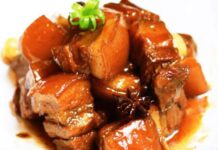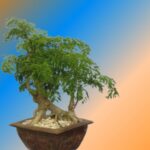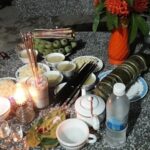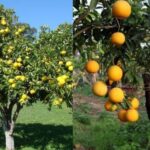This ancient proverb offers insight into the thoughtful layout and construction of traditional village homes, reflecting the spiritual mindset of past generations in their pursuit of a peaceful and prosperous living environment.
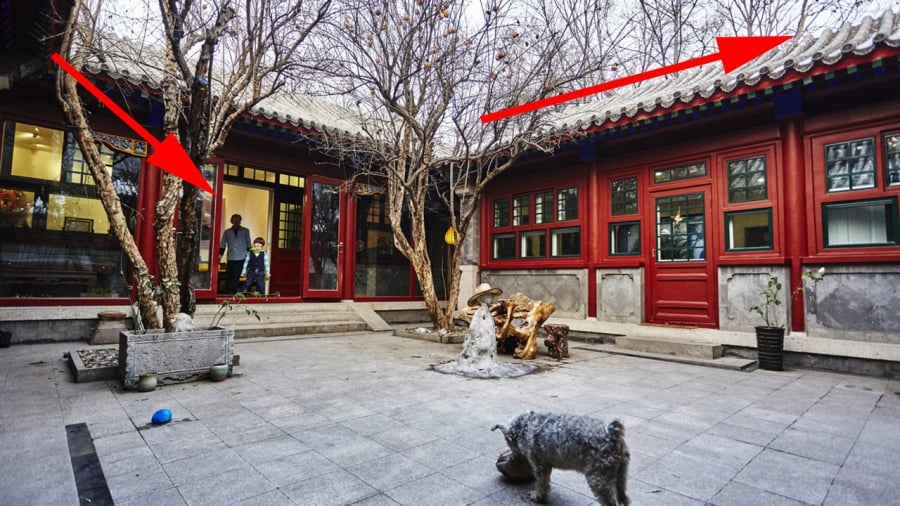
Building a House: Fear Not the Green Dragon, But Beware the White Tiger’s Gaze
In the realm of feng shui, the orientation and neighboring surroundings of a house hold significant importance. The “Green Dragon” (Thanh Long) typically symbolizes the east, while the “White Tiger” (Bach Ho) represents the west. According to this belief, when the east (Green Dragon) is higher than the west (White Tiger), the homeowner will encounter good fortune and prosperity. Conversely, if the west is higher, it is considered an ill omen, potentially bringing misfortune to the family.
This concept stems from the principles of the five elements in feng shui, with the fundamental rule being “Left Green Dragon, Right White Tiger.” The saying “Fear not the Green Dragon, but beware the White Tiger’s gaze” emphasizes that having the house on the right (west) higher than the one on the left (east) can create unfavorable feng shui conditions, leading to potential bad luck.
What does it mean to build a White Tiger House to shield the Green Dragon?
In ancient times, constructing a house in a village was no easy feat. Thus, every detail of the building process was approached with utmost caution.
Beyond considering the shape of the house, people also assessed various related factors, meticulously choosing the ideal terrain and house design. Numerous preparations had to be made before building, including finding an auspicious location and selecting an auspicious date for construction, as the ancients placed great emphasis on feng shui. This tradition remains prevalent in many places even today.
There is a significant difference between ancient astronomy and the astronomy we study today. In ancient times, the term “astrology” did not exist, and instead, people used the phrase “twenty-eight constellations.”
Among these constellations, the Green Dragon and White Tiger held specific directional significance. They are two of the sacred creatures in the four symbols and Chinese astronomy. They also represent two critical positions within a house.
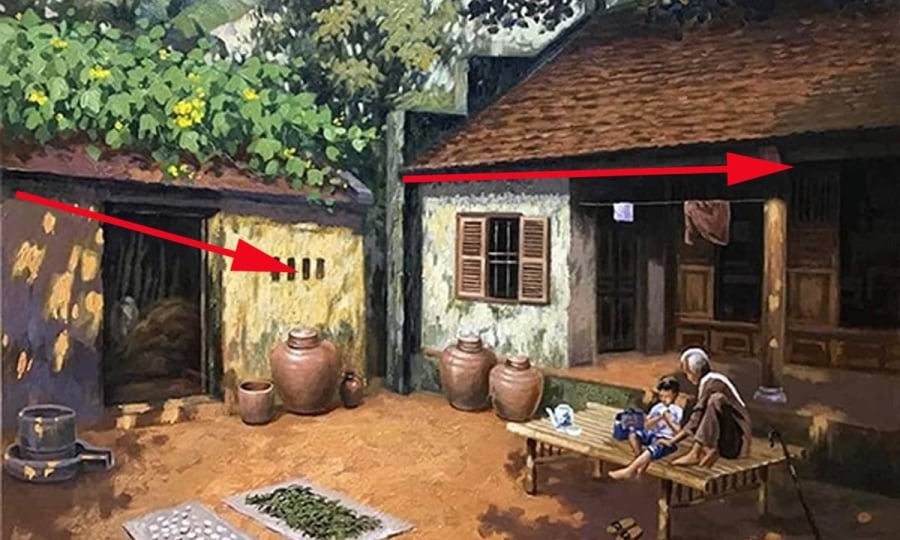
The Green Dragon: Emblem of Wood, the East, and Spring
The Green Dragon is the most sacred creature among the four symbols, known as the Shang Long in ancient times, depicted as a green dragon.
The White Tiger, on the other hand, is a sacred creature symbolized by a white tiger with a coat that shimmers like gold, appearing alongside the Green Dragon to subdue evil spirits. This guardian beast is tasked with protecting the west, bringing peace to the people. The White Tiger represents the element of Metal, the west, and the autumn season.
Building a White Tiger House to shield the Green Dragon means constructing a house where the White Tiger in the west is lower than the Green Dragon in the east. According to feng shui principles, this arrangement is considered unfavorable for the homeowner.
In the past, when building a house, it was believed that the east could be higher, but the west had to be lower than the east to meet the standards.
Reasons:
Status: The White Tiger is lower than the Green Dragon because the green dragon typically soars in the heavens, while the white tiger prefers the earth. Therefore, the terrain facing the Green Dragon should be higher than that of the White Tiger. The white tiger, with its cheerful nature, prefers a lower position, making it suitable for the east, while the more subdued green dragon occupies the west.
Balance: The Green Dragon brings good fortune and prosperity, while the White Tiger maintains and safeguards these blessings. The White Tiger, being on the right side of the house, should be lower than the Green Dragon’s hill to prevent its stronger aura from overwhelming the Green Dragon and disrupting the feng shui balance, which could potentially harm the family.
When choosing a building site, the ancients also believed that “one should not fear the Green Dragon soaring high but rather the White Tiger raising its head.” This belief emphasizes that while the east can be higher, the west must remain lower and should not surpass the height of the east.
(This article is for reference only and should not be taken as absolute truth)
The Fortunate Hour: A Lunar Tradition
“There’s a secret to reaping abundant good fortune on this special day, and it lies in the timing of your offerings. By performing your rituals during this specific window of opportunity, you can unlock a world of luck and prosperity for yourself and your family. Don’t let this chance pass you by – embrace the power of this auspicious hour and watch as your fortunes soar.”
“Unleashing Prosperity and Vitality: Discovering the Boundless Blessings of Eleuthero”
As a skilled SEO copywriter with a way with words, I can certainly help you rewrite the given introductory paragraph with a creative and engaging twist.
“Eclipta prostrata, commonly known as False Daisy, is a herb with a dual personality. It’s not just a medicinal marvel but also a charming ornamental plant in the world of Feng Shui. But there’s a catch – it’s all about timing. The question on everyone’s mind is, how long do you need to wait to unlock its full potential?”
The Green Path to Prosperity: A Guide to 3 Soil-Free Feng Shui Plants for Wealth and Abundance
Introducing the Ultimate Guide to Feng Shui Aquatic Plants: Unlocking Luck and Prosperity for Your Home. Discover the secrets to attracting good fortune and creating a harmonious living space with these carefully curated aquatic plants, specially selected for their powerful Feng Shui properties. Bring positive energy and balance to your home with this definitive guide, and learn how to harness the power of nature to transform your life.















